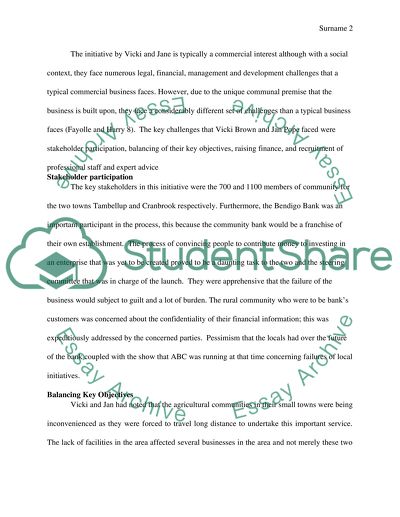Cite this document
(Challenges That the Bendigo Bank in Tambellup and Cranbrook Faces Case Study, n.d.)
Challenges That the Bendigo Bank in Tambellup and Cranbrook Faces Case Study. Retrieved from https://studentshare.org/finance-accounting/1481509-individual-assignment
Challenges That the Bendigo Bank in Tambellup and Cranbrook Faces Case Study. Retrieved from https://studentshare.org/finance-accounting/1481509-individual-assignment
(Challenges That the Bendigo Bank in Tambellup and Cranbrook Faces Case Study)
Challenges That the Bendigo Bank in Tambellup and Cranbrook Faces Case Study. https://studentshare.org/finance-accounting/1481509-individual-assignment.
Challenges That the Bendigo Bank in Tambellup and Cranbrook Faces Case Study. https://studentshare.org/finance-accounting/1481509-individual-assignment.
“Challenges That the Bendigo Bank in Tambellup and Cranbrook Faces Case Study”, n.d. https://studentshare.org/finance-accounting/1481509-individual-assignment.


